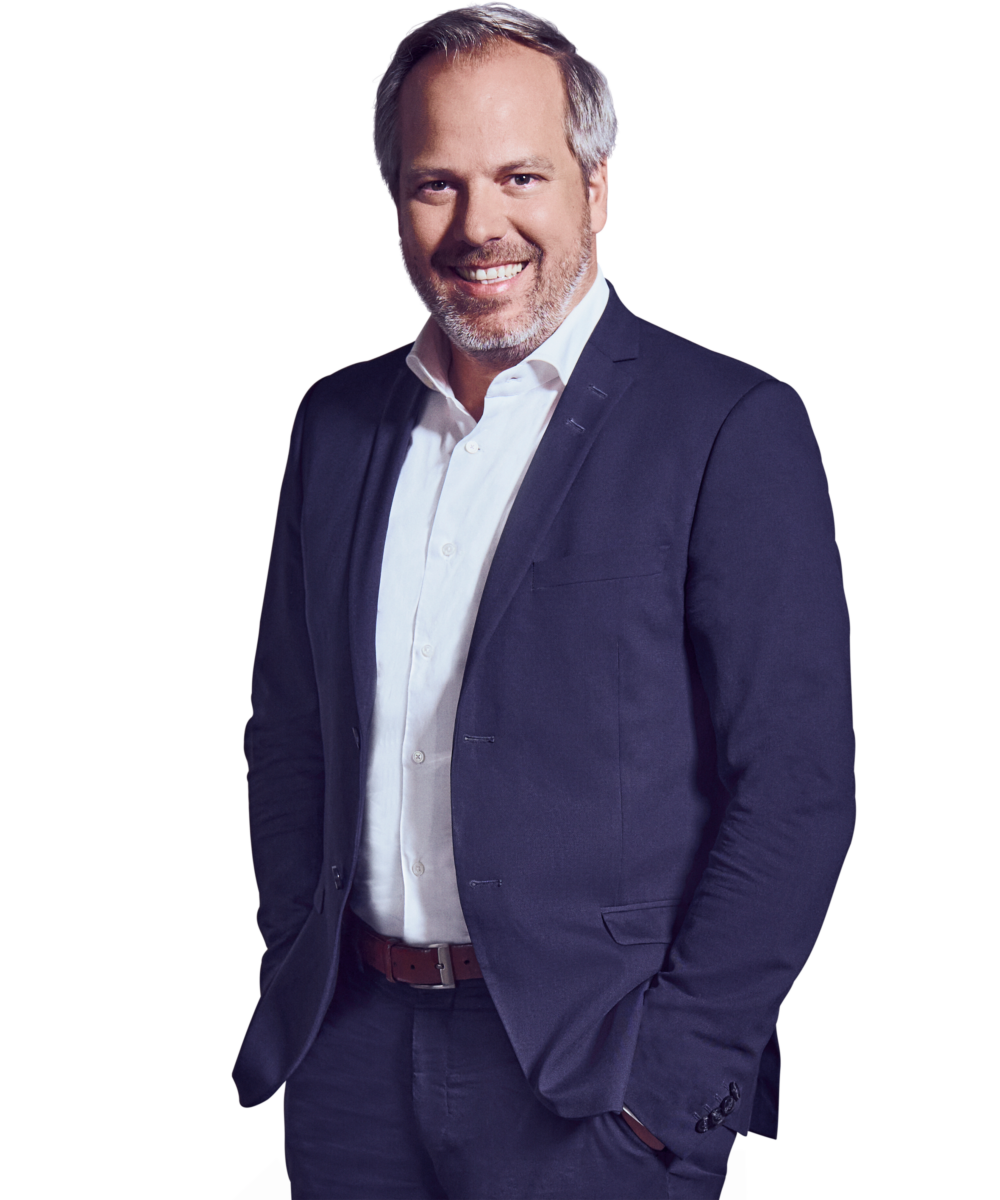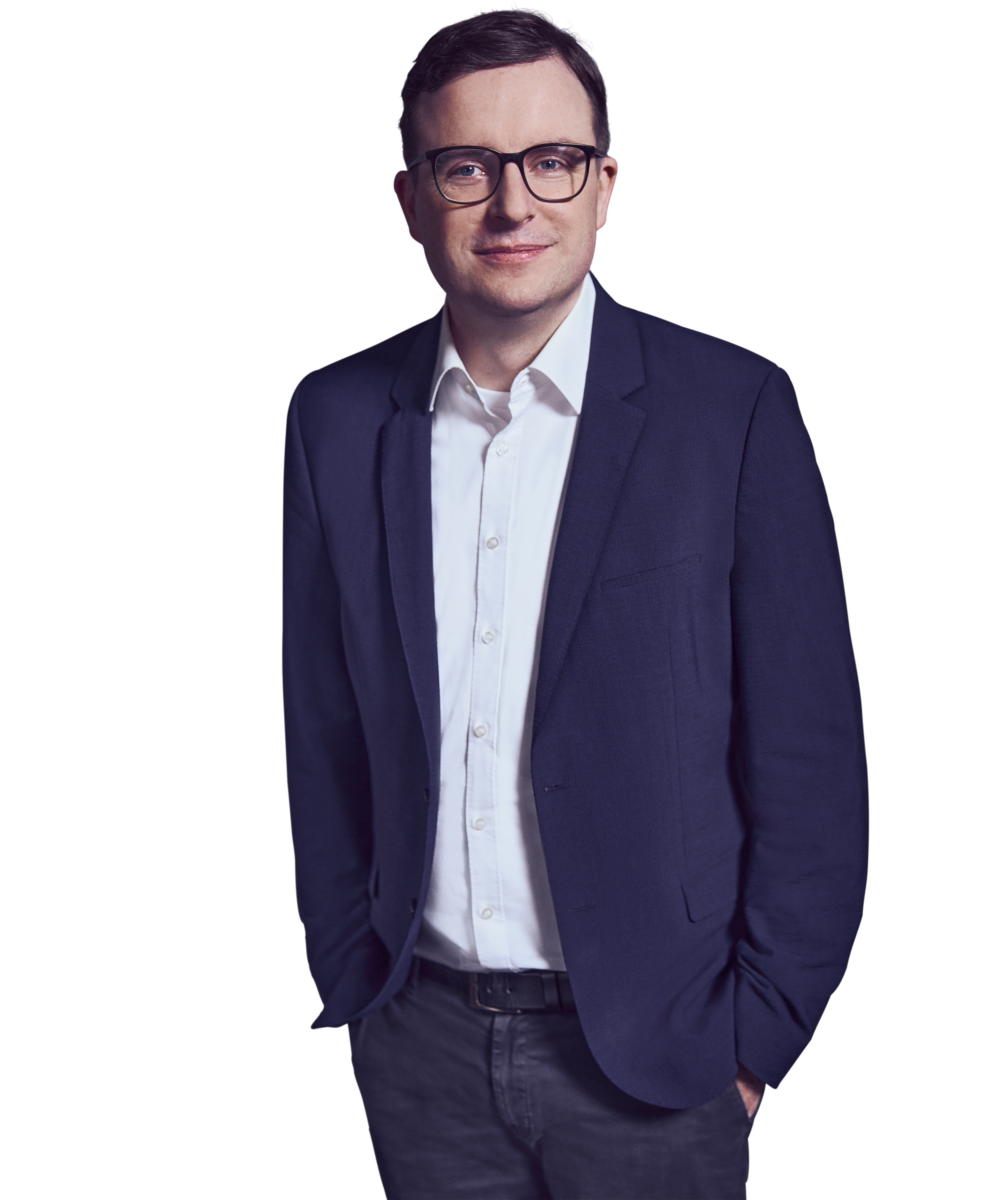Praxisbeispiel
Kostenoffensive “Gewährleistung & Kulanz (G&K)”
Die Kostenoffensive Gewährleistung & Kulanz ermöglichte die kurzfristige innerjährige Reduzierung der G&K-Abrechnung bei einem Automobilhersteller.

Hintergrund
Das Zuverlässigkeitsmanagement steht in der heutigen wirtschaftlichen Situation in den Unternehmen vor vielfältigen Herausforderungen. Steigende Ansprüche an Sicherheit und Zuverlässigkeit von Endprodukten resultieren aus den Forderungen und Wünschen des globalen Wettbewerbs wie bspw. durch hohen Innovationsdruck, komplexer werdenden Produkten und Technologien, hoher Produktvielfalt sowie verkürzten Entwicklungs- und Produktionszeiten. Neben steigenden qualitativen Herausforderungen für Unternehmen ergeben sich hieraus auch zahlreiche Risiken. In Zeiten von Wirtschafts- und Finanzkrisen sowie steigendem Wettbewerb werden Qualitäts- und Zuverlässigkeitsaspekte durch differenzierte und steigende Kundenansprüche bei Kaufentscheidungen immer wichtiger. In der Folge der Kundenansprüche verschärfen die Hersteller (OEMs) ihre Anforderungen an Produkte und Prozesse in der eigenen Wertschöpfungskette. Diese verschärften Anforderungen wirken sich somit auch unmittelbar auf die Gewährleistungs- und Kulanzkosten aus, denn mangelhafte Produktzuverlässigkeit belastete das bilanzielle Jahresergebnis. Unternehmen können und müssen sich folglich durch hohe Produkt- und Prozessqualität im Wettbewerb differenzieren und positionieren.
Konkrete Aufgabenstellung
Bei einem Hersteller aus der Automobilindustrie:
- Kurzfristig wirksame Maßnahmen zur Reduzierung des innerjährigen G&K-Abflusses aufsetzen
- Zusätzliche Stellhebel zur Reduzierung des G&K-Abflusses identifizieren
- Fehlende Strukturen und Methoden zur gezielten Kostenreduzierung aufbauen
- Befähigungskonzept zur regelmäßigen Durchführung von kurzfristigen G&K-Kostenreduzierungen initialisieren und etablieren
KBC-Lösungsansatz
Hoher bzw. steigender G&K-Abfluss kann in einer signifikanten Überschreitung der innerjährigen G&K-Kosten gegenüber den Rückstellungen resultieren. Die Ursachen für diese Überschreitungen liegen insbesondere in der fehlenden Transparenz und fehlende Analyse-Methoden im G&K-Abrechnungsumfeld sowie in zu hohen G&K-Kosten aufgrund von langen Fehlersuchzeiten und ineffizienten Reparaturprozessen. Ungerechtfertigte Abrechnungen (bspw. Anomalien über die verschiedenen Märkte) gegenüber dem OEM aufgrund von fehlenden Vorgaben und Regeln für die Händler sind oft die Folge. Im konkreten Fall konnte KBC nach Bereitstellung der notwendigen G&K-Daten und deren Analyse, innerhalb von drei Monaten die größten Handlungsfelder identifizieren, den Ursachen auf den Grund gehen und entsprechende Abstellmaßnahmen zur kurzfristigen innerjährigen G&K-Kostenreduzierung generieren. Zu schnellen Entscheidungsfindung dieser Maßnahmen wurden nachhaltige Management- und Steuerungsprozesse konzeptioniert und umgesetzt.
Erzielte Wirkung
Mit der Identifikation der G&K-Abfluss senkenden Stellhebel (Reparaturprozessoptimierung, Reduzierung der Teilepreise und Handlingskosten, Vermeidung von Abrechnungsanomalien, Schaffung von Händler-Abrechnungsregeln und der Reduzierung von Fehlersuchzeiten) konnte innerhalb kürzester Zeit kurzfristig eine Million Euro Einsparpotenzial für die G&K-Kosten ermittelt und innerjährig die Rückstellungen bzw. das Unternehmensergebnis positiv beeinflusst werden.








